Another Lebanon: a journey back in time
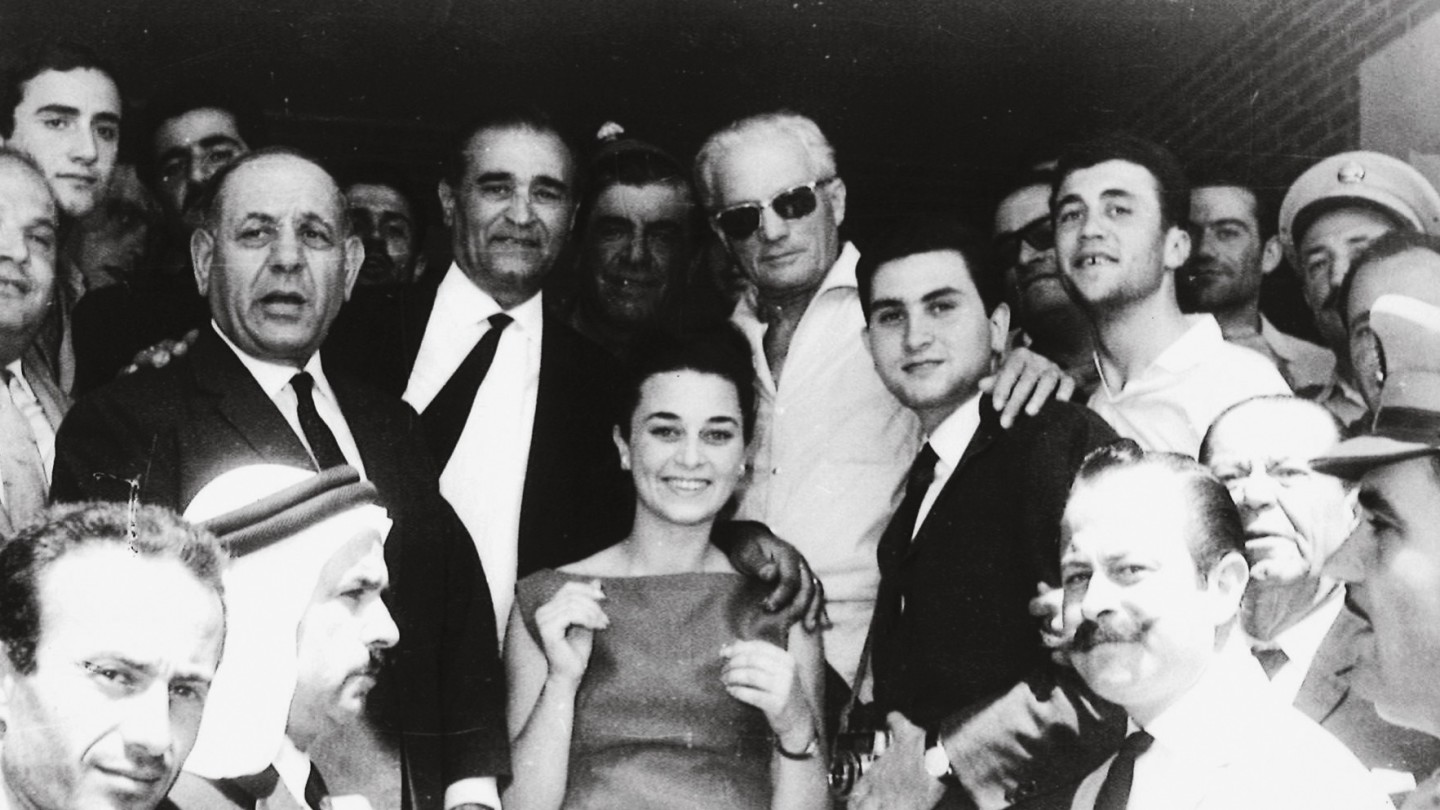
Roula Khalaf, Editor of the FT, selects her favourite stories in this weekly newsletter.
I became a journalist because of a worry. As far back as I can remember, my grandfather, who is an unmatched raconteur, would sit me down after every one of our Sunday lunches to tell me some of the tales of “his Lebanon”: the Lebanon he once knew and seemed never to have recovered from. I remember that he always insisted on saying “my Beirut, my Lebanon” with a sense of ownership I later discovered existed in most of the Lebanese. I’m not talking about a nationalistic penchant or the eagerness to possess a land per se, but rather a desire – a longing – to protect it, to safeguard something fleeting.
As small white clouds formed in his glass of arak, my grandfather would begin unravelling fables from the past. Sometimes he would take me for a ride in the neighbourhood he grew up in, next to the library where he studied his first law books, the nightclub where he took my grandmother dancing; bearing witness to landmarks, to show me proof that this eclipsed realm once actually existed. Most of the time, what I saw was ruins, or at best scars, from the 15-year civil war that ended in 1990. But amid this destruction, my grandfather’s stories would start flowing, making this Golden Age – the two decades preceding the war he was referring to – resurface. As the years passed, and as I witnessed my country constantly living on the edge of chaos and peril, I started to worry about these stories dying. I felt increasingly invested in the mission of watching over these tales. That is why I became a journalist.
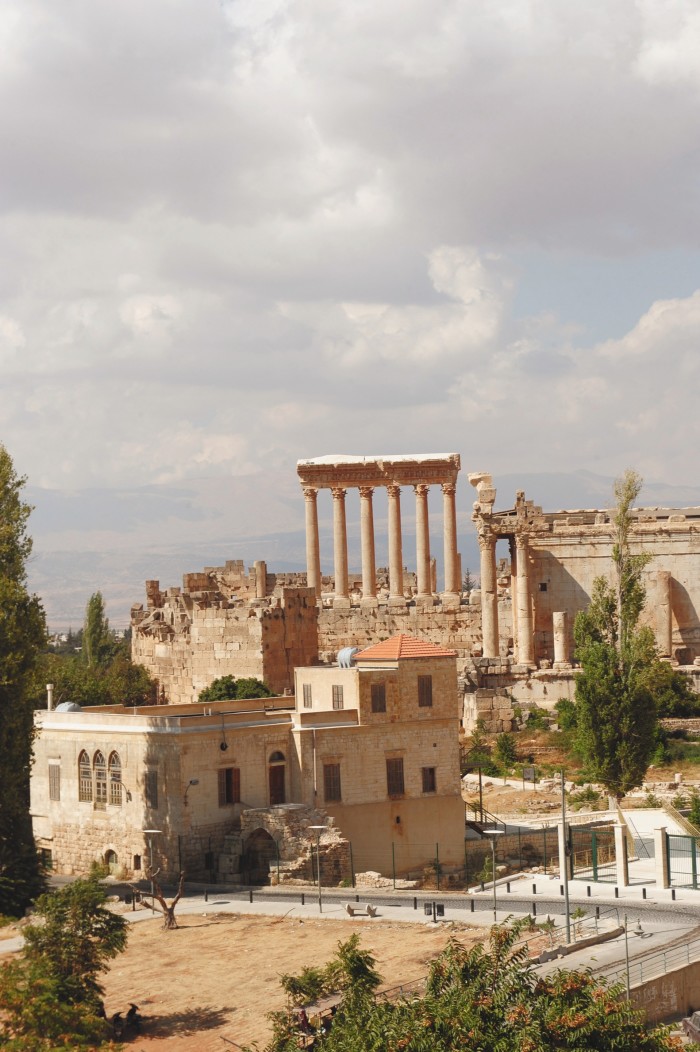
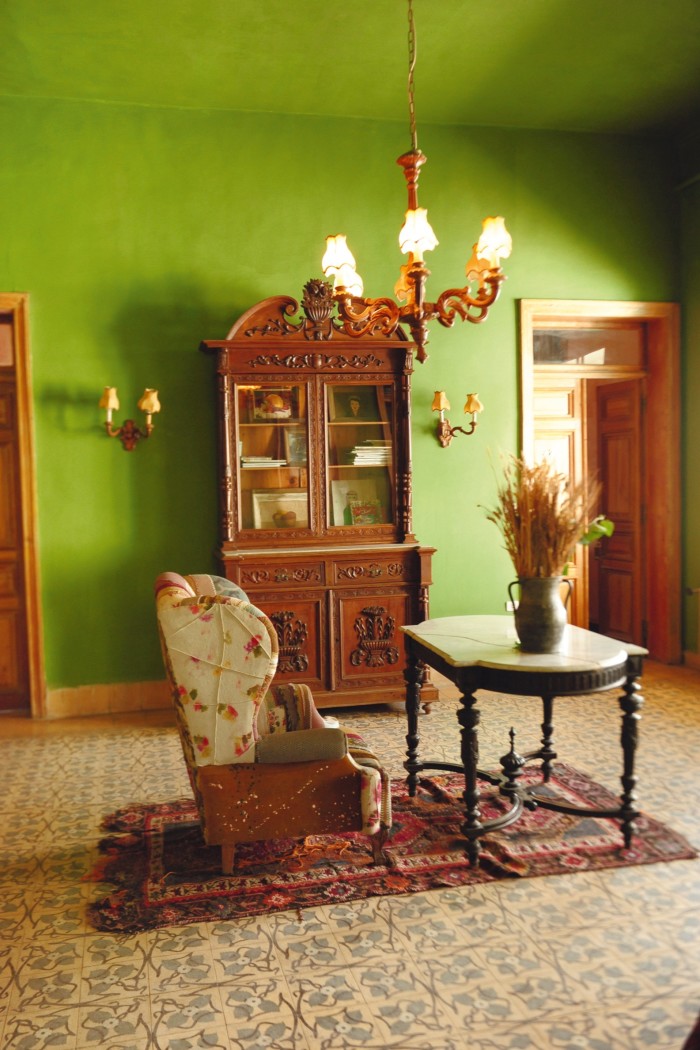
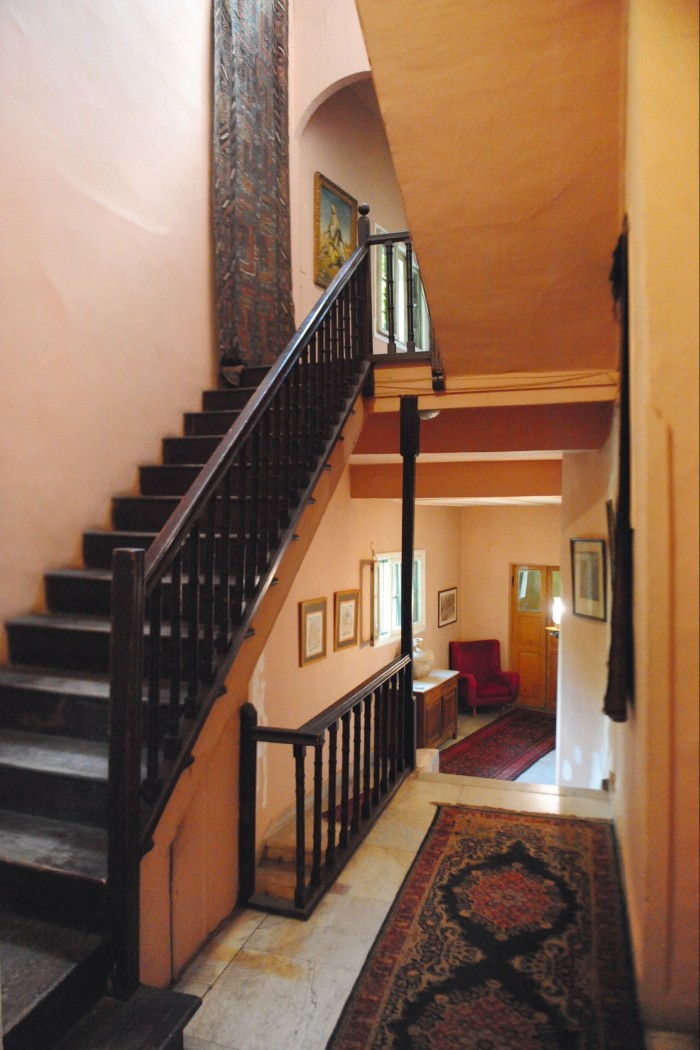
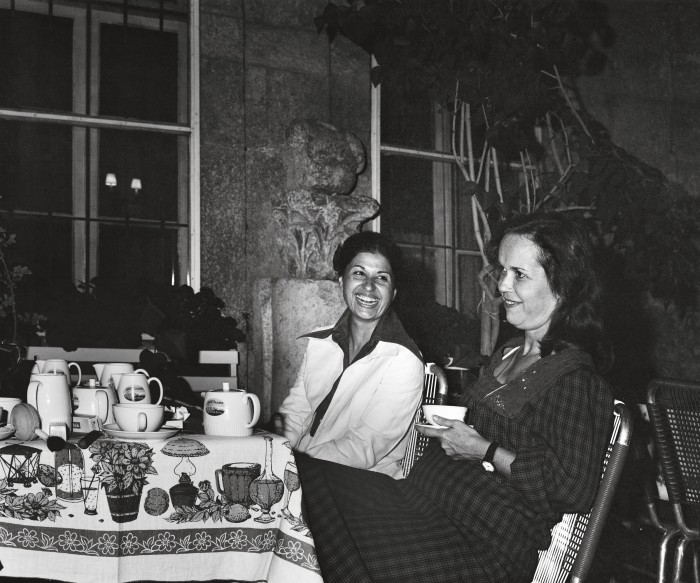
Many of my Lebanese contemporaries experience this very curious nostalgia, the one of longing for a time they never knew. Last year, on 4 August, an enormous explosion shattered the city of Beirut. An economic crisis, deliberately provoked by a ruthless ruling class, had already torn up the social fabric of the country. Lebanon is changing; it is a country painfully giving birth to another, one we still can’t define. At such turning points in history, what happens to our memories? Where are those stories safe?
Some feel a duty to honour them, almost in defiance of the ongoing crisis. Rima El-Husseini is one. She considers herself the “caretaker” of the Palmyra, one of the three oldest hotels in the Near East. This establishment, which faces the ruins of Baalbek, will celebrate its 150th anniversary in 2024. More than a mere hotel, it is a voyage in and of itself; one in which you get lost, or feel at times that you’re almost crossing paths with the ghosts of its illustrious guests. In 1956 and 1960, the French poet and artist Jean Cocteau resided in Room 27 and scribbled on its walls. The drawings are still there, intact, against all odds. Artists such as Nina Simone, Joan Baez, Ella Fitzgerald and Fairuz who participated in the legendary Baalbeck Festival, in the nearby Temples of Bacchus and Jupiter, also left their traces here, among notes written in the golden registry by Albert Einstein, Charles de Gaulle, Mustafa Kemal Atatürk and the last Shah of Iran. Although the Palmyra is situated in the Bekaa Valley, which was a battlefield during and after the civil war, it survived by a miracle.
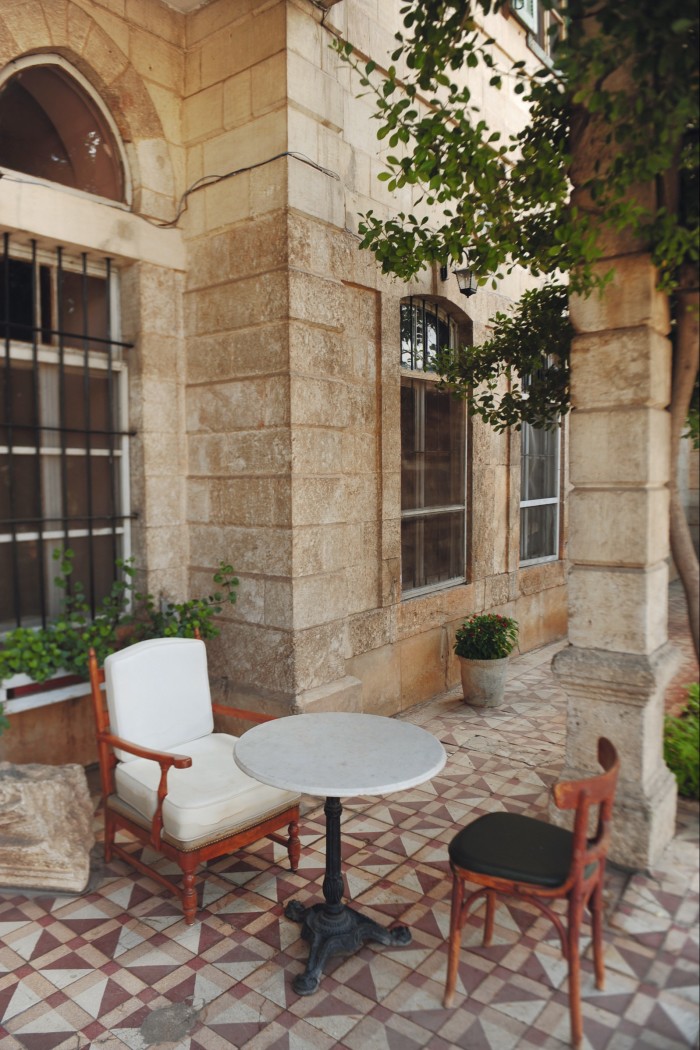
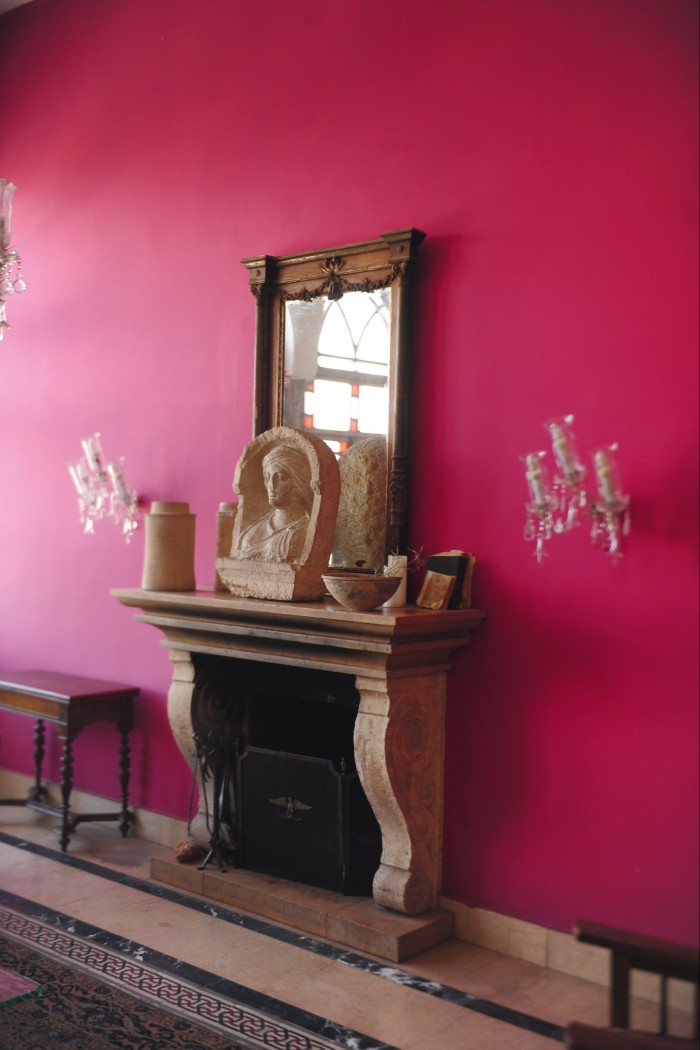
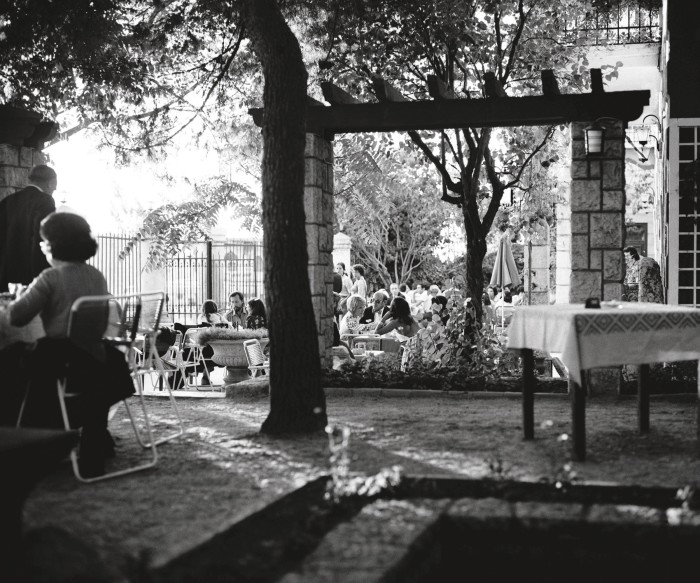
“We are the guardians of this place. And more than ever, it is significant to the history of the country. From the temples facing us and the stories of different civilisations they tell, to the registry with the names of travellers from all walks of life and nationalities: this is what makes this place a cradle of cultures,” says Husseini, whose husband Ali acquired the Palmyra in 1985 for the sake of saving a treasure. “There were no good times or bad times for Lebanon [then]. People make the place and this is so very true of Palmyra. It is old, and possesses wrinkles made by thousands of travellers. We are here to keep those stories and make sure that different ones are written every day.”
In the village of Hasroun, 90 minutes away from Beirut in northern Lebanon, stands a modernist villa designed in 1965 by the late Toufic Chamoun. In the era, these kinds of summer homes were not only beacons of architectural progress, but also (in fact, first and foremost) they epitomised the lifestyle of the Golden Age. “This is where I spent my childhood summers – it was the sociopolitical hub of the north, where the glamour of the ’60s played out through parties and events,” says Rony Zibara, Chamoun’s grandson. A few years after building his villa, Chamoun was kidnapped and died in captivity.
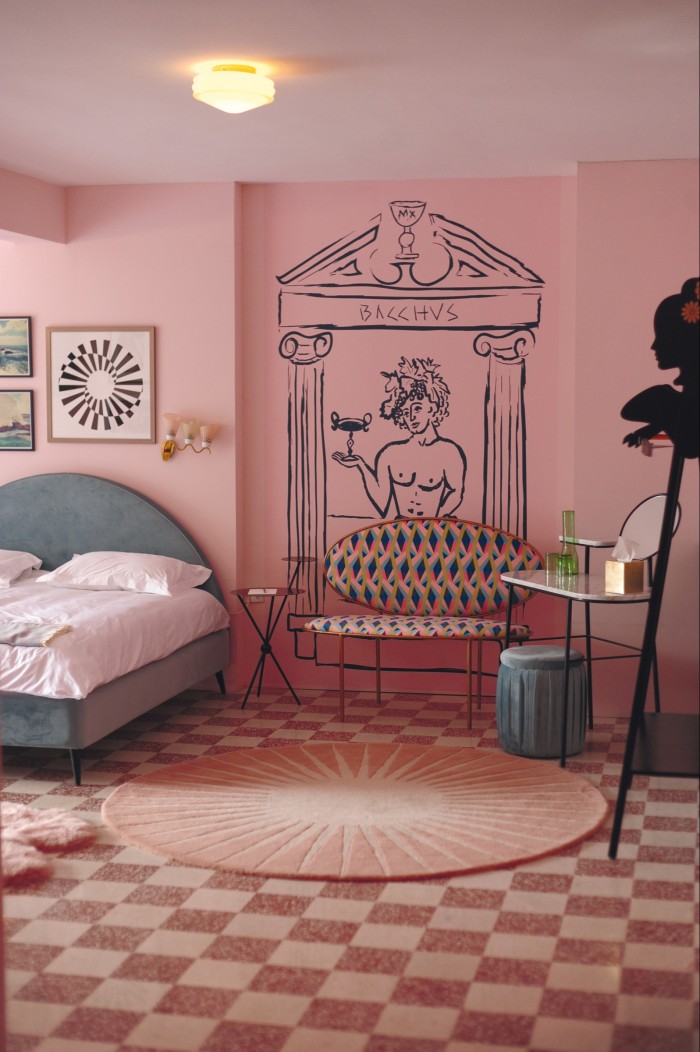
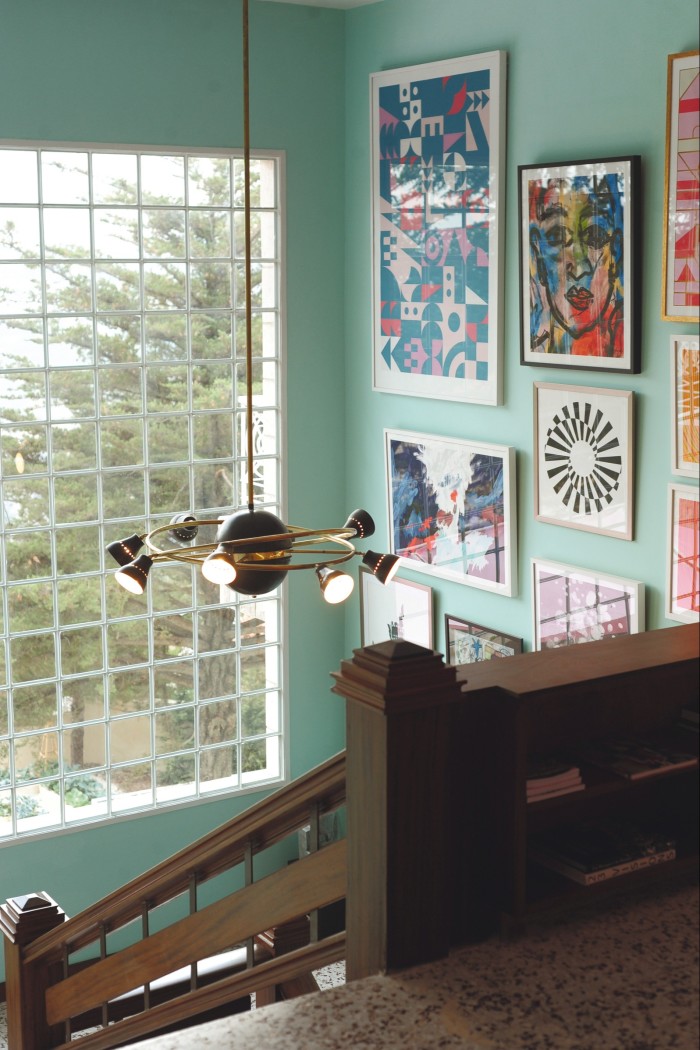
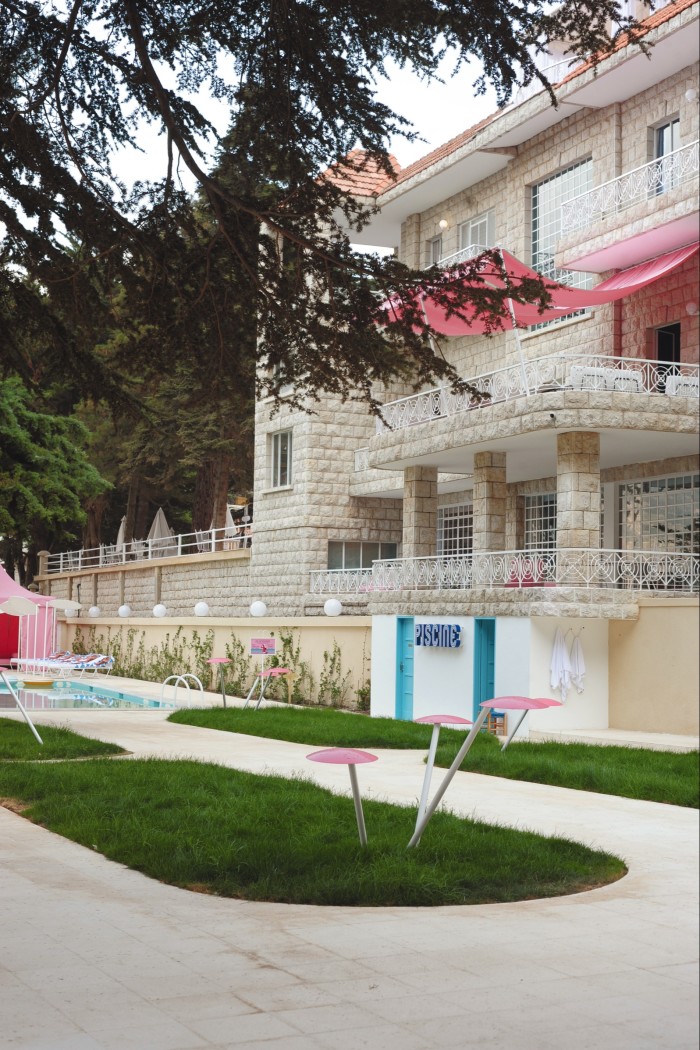
This event was devastating for the family, who shuttered it for nearly 45 years. It was only last year that Zibara decided to “bring it back to its former glory, respecting the story, the design, with the required nuance and details”. In rapid course, this renovation project turned into a social project for all of Hasroun. “Seventy men and women from the village worked daily for over six months to bring the place back to life. These people had grown up with the villa. It held mythical qualities for them – their parents and grandparents had worked on its construction back in the 1960s,” Zibara says.
What’s most striking about Villa Chamoun is how it threads together the belle époque of the ’60s with the impeccable standards of a modern guesthouse. To achieve this, Zibara called on artisans and local designers such as Nada Debs, Milia Maroun and Rana Salam to participate in the creation of the hotel, imparting their ideas on the reinvention of a Lebanese village experience. Whether you end up staying in the Bacchus Suite, whose walls were created by London-based artist Owen Grant Innes, or the Blue Apartment, which winks at the Roman history of Lebanon, or simply linger under the candy-like pink sunshades around the pool with a background symphony of crickets, the feeling that this “guesthouse becomes the guest’s house”, as Zibara says – a retro-escape for a weekend – is real.
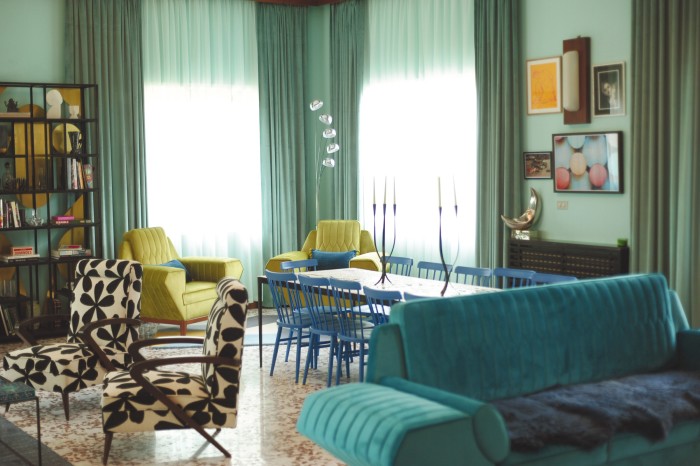
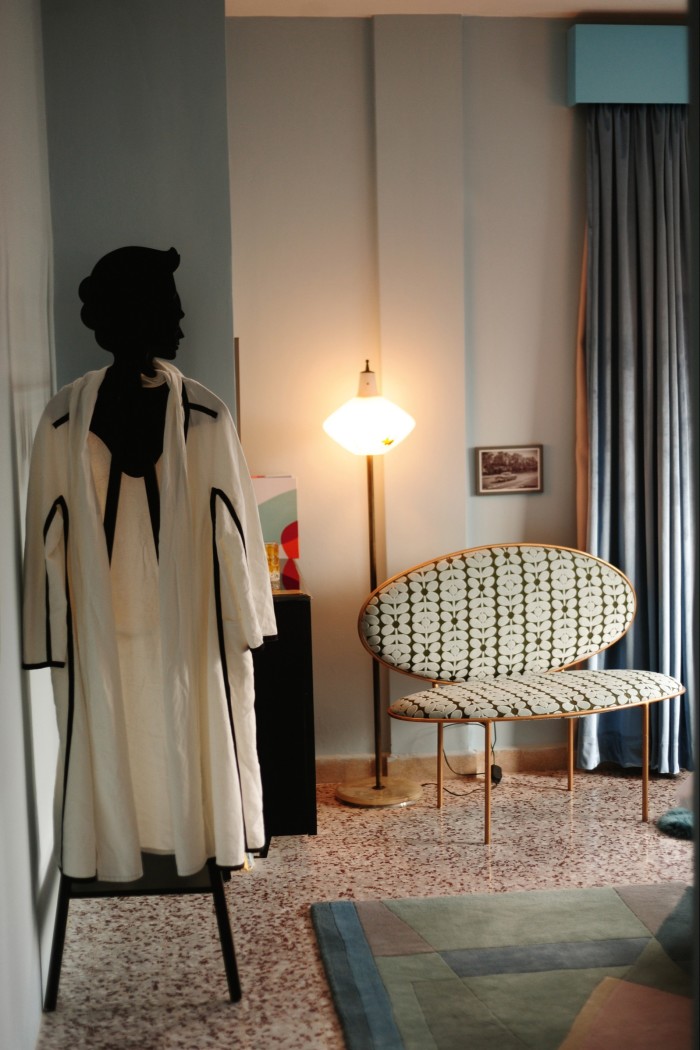
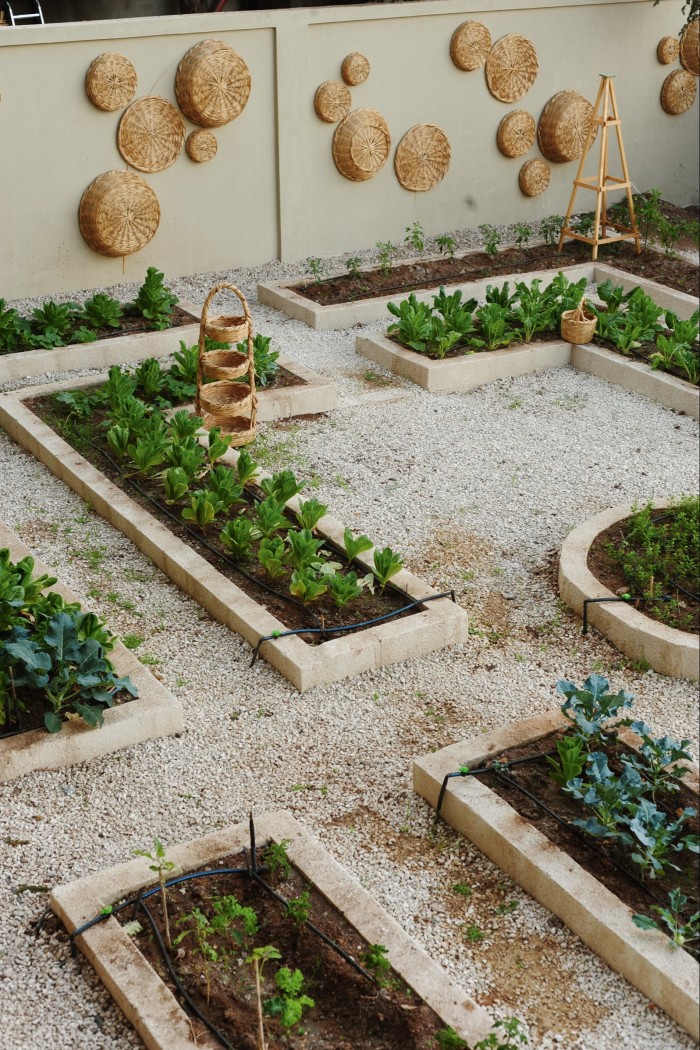
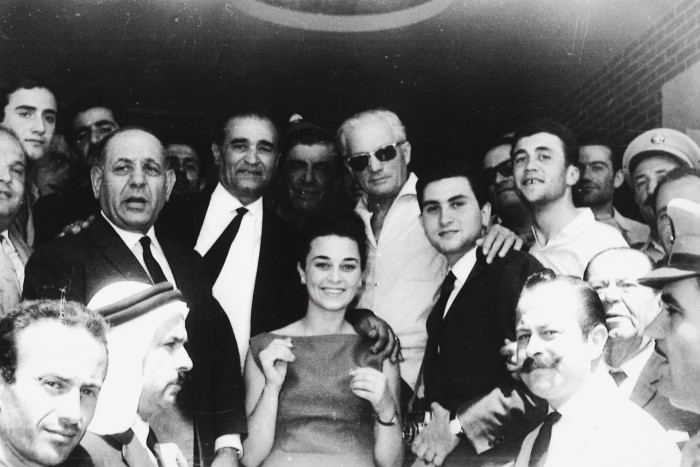
This sentiment of refuge – in real landscapes, but also the shadings of that easier, happier time – is what many Lebanese are seeking now, amid the indescribable events that have shaken the country. It is what impelled Sarah Trad to open Beit Trad in Kfour, a guesthouse that in the 1980s was her family’s summer home. “Back then, we were living abroad and would come back every summer for a couple of months. My mother used to fill the house with family, friends and parties. She was continuously entertaining. So actually, somehow, it’s always been a ‘guesthouse’.”
Beit Trad manifests exceptional taste and understated sophistication: from the homemade dishes that take you back to the kitchen of your grandmother to the flawlessly furnished interiors and the beds that are soft as clouds. The feeling of sanctuary, says Trad, is enhanced “because we are up in the mountains, surrounded by greenery, away from the hustle and bustle, and whatever is going on in the country. Beit Trad feels apart, in another reality.” It also manifests a paragon that is becoming more and more scarce: genuine Levantine hospitality.
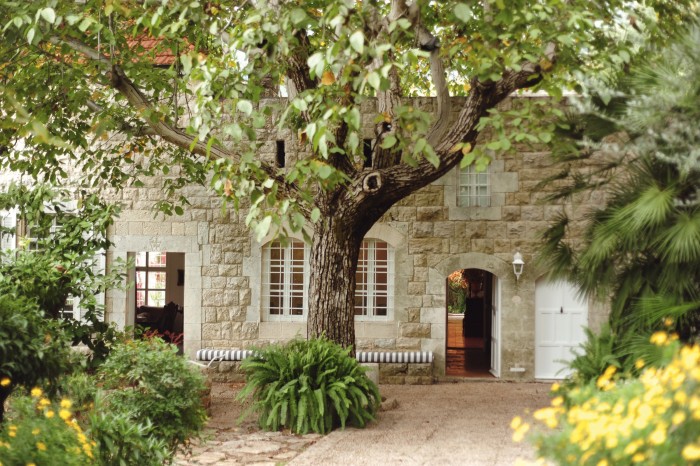
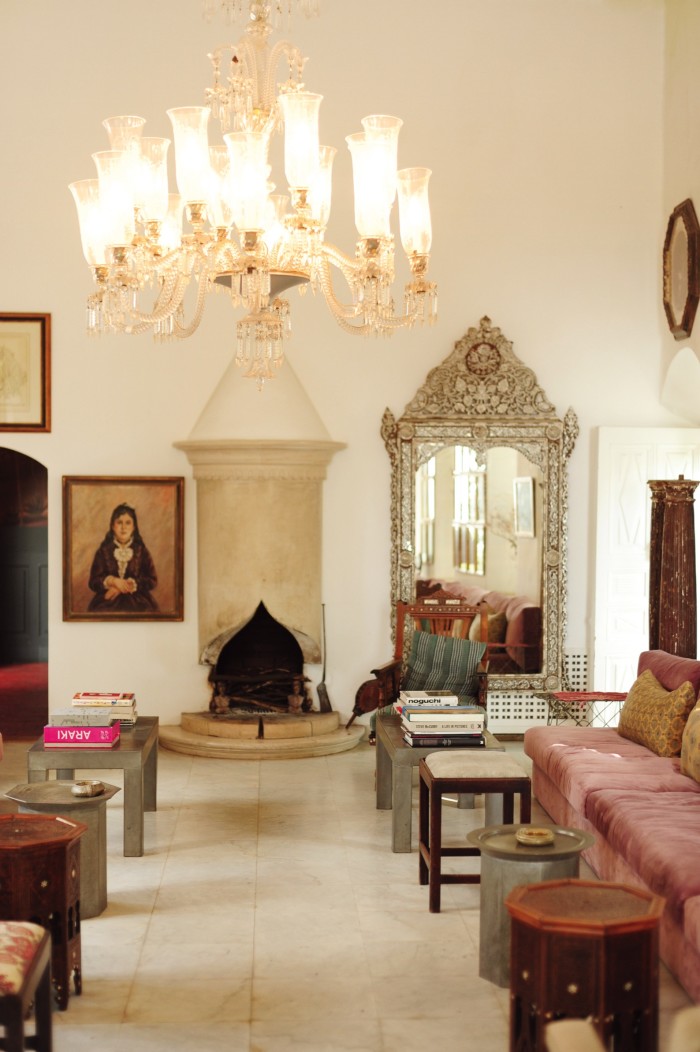
There is something ineffable to this Levantine style de vie. It has a soul, a tingle, and a taste, for that matter. My grandfather never stopped telling me stories about the Grand Sofar Hotel, where he used to spend summers with his family – a place left in ruins decades ago, shattered by war. Of course, he evoked the opulent hallway, the bustling dancing parties in gowns and black ties, the backgammon afternoons under the walnut trees and the parade of beautiful cars, lined up at the grand gate. But he would always stop and close his eyes as he remembered the Grand Sofar Hotel’s chocolate cake, the way its crust would reveal, bite after bite, this inimitable molten texture. “I have never had anything like it since then,” he swore. I believe he misses the emotion of that moment as much as the cake itself. In his Lebanon, built around those endless Sunday lunches and banquet-like tables, such flavours are the ultimate sentinels of the past.
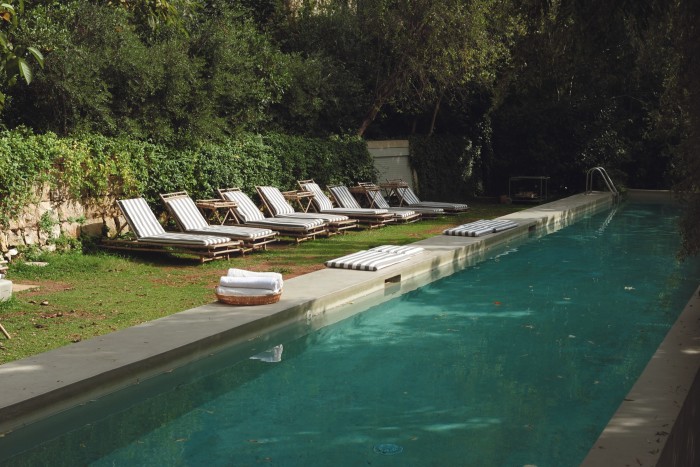
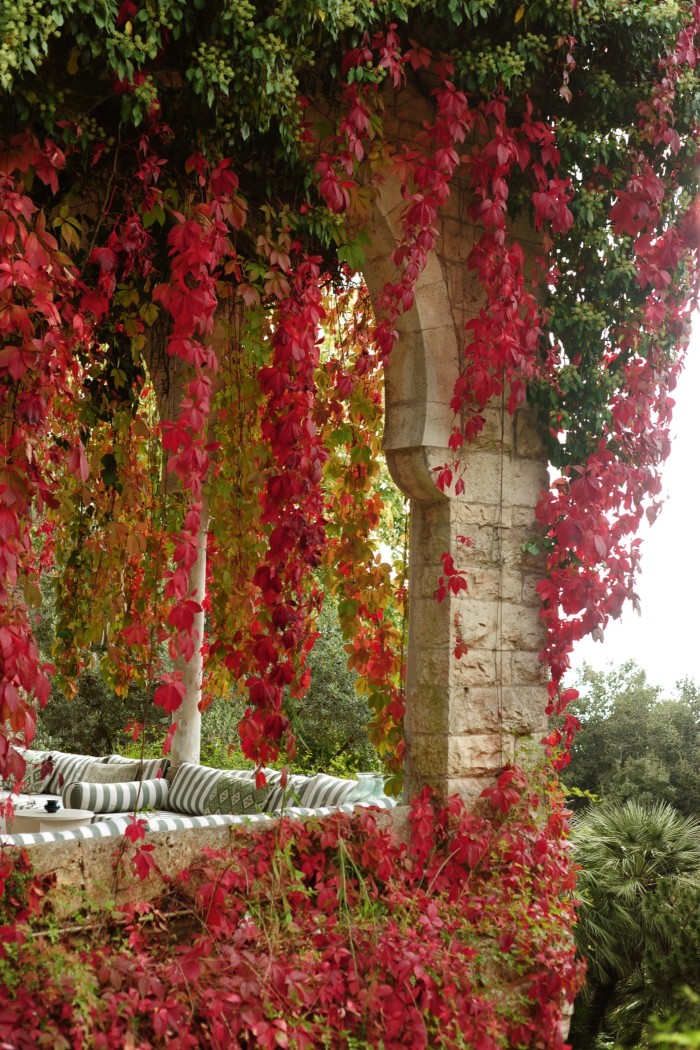
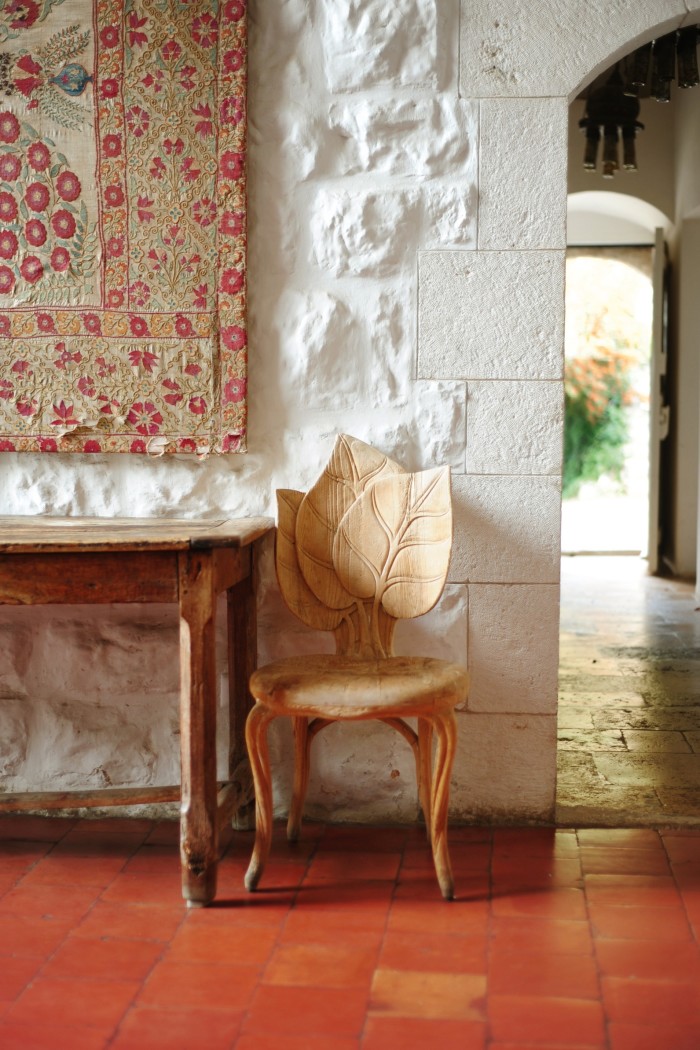
I spent this summer in Lebanon, and to say it was a heartbreak is an understatement. The days seemed neverending as I bore witness to friends and loved ones abandoning the country one by one, amid endless electricity cuts and quests for basics such as gas and medicine. In the evening, in search of some peace, and a sense of comfort, I would find myself exhausting the very little petrol I had on trips to Fadel, in Naas, next to the village of Bikfaya. This is where Emile Fadel opened his restaurant in 1975 – “Simply because he loved to eat, and to see people smiling when he fed them,” his son Elias told me. In this time capsule overlooking the pine forests of Metn, nothing has moved an inch. The same waiters, who greet the same clients as if they were family; the rattan chairs; and of course the meze flavours that have been preserved by Fadel’s wife and children. “We are here every day, in the kitchen, as excited and nervous as if we opened this morning,” says Elias. “Now more than ever, if we can make people happy with our meals, while being the guardians of [that] memory, our mission is accomplished.”
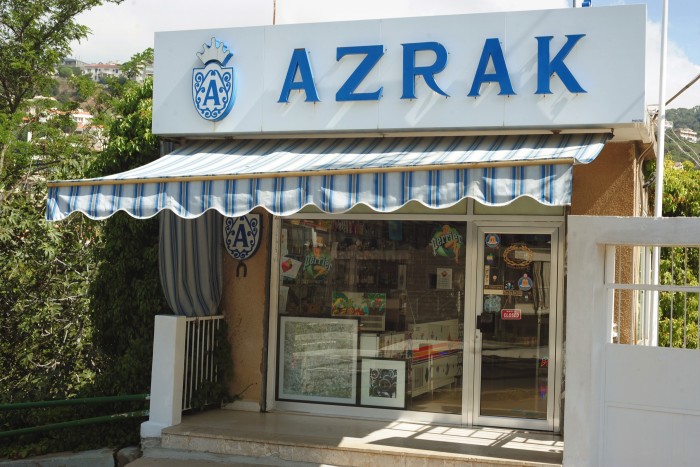
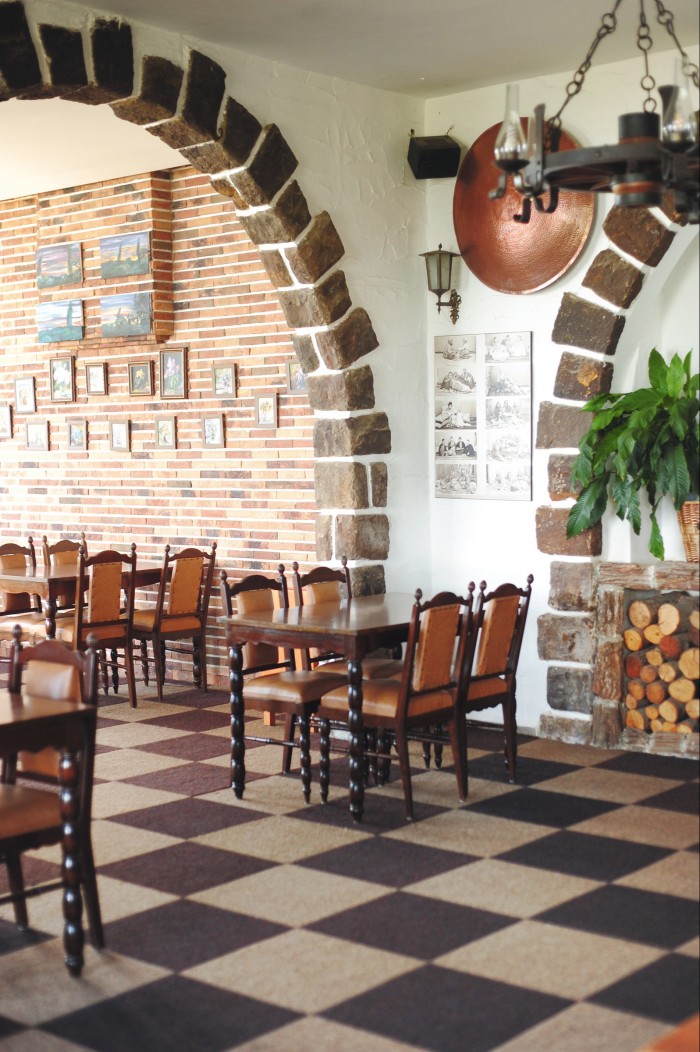
Other times I would instead drive to the nearby village of Baabdat, where I used to spend my summers. More precisely, I would go to Azrak, an ice-cream shop that is a landmark of my childhood. It was founded in Aleppo by Goffril Azrak in 1935, who then emigrated to Lebanon, just like numerous Syrians at the time. First known for his homemade marzipan and pastries, Azrak then started making artisanal ice-cream. His son Riri has been managing the production of the 25 flavours for 30 years. To this day, every time I push open the door, every time I encounter Riri’s laugh as he serves me one or two of my favourites – pistachio, rose water, banana, almond – I smile. I smile at the simplicity of the flavours, and that of the moment itself taking me back to sweeter times; and at the sense that this memory – this story – seems safe.
Palmyra Hotel, 2633+FQ9, Baalbek, +9613-371 127. Villa Chamoun, Rue Toufic Selim Chamoun, Hasroun, +9613-023 305, villachamoun.com. Beit Trad, 2MMW+966, Kfour, +96170-414 242, beittrad.com
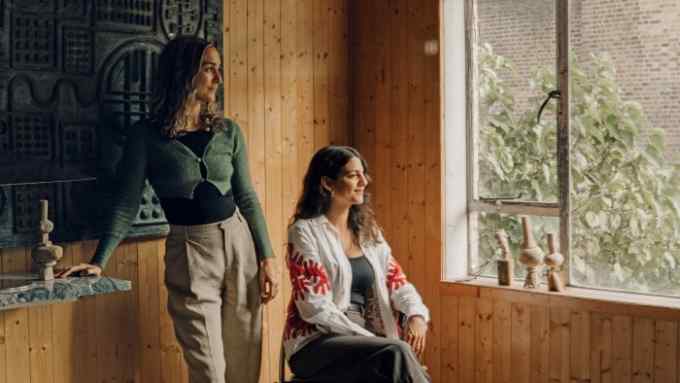
Comments